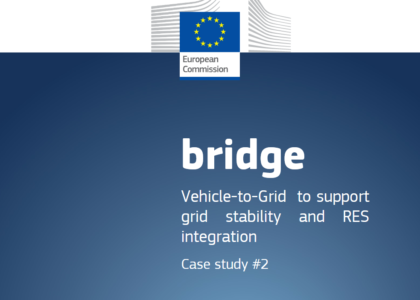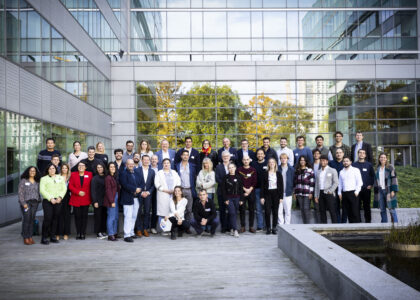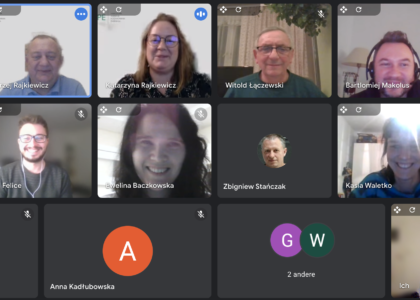by Maarja Meitern, business advisor and researcher at Bax&Company
Creating an Energy Community: What do you need to know? If you are ready to start your own community energy system you probably want to read the broad advice collected from 14 different communities worldwide, across 4 continents, aspiring community founders find it difficult to know where to start. Between business plans, regulation and community-building, setting up an energy community isn’t always straightforward. To help you understand your community’s path to energy autonomy, we’re happy to share a set of resources to help you focus your efforts.
Our advice comes from experience advising the four European pilot energy communities, and running Multi-Actor Multi-Criteria Analysis (MAMCA) workshops. A similar approach was used to share these lessons with further eleven international sites. Though all these sites faced unique challenges, we discovered that challenges faced by early adopters have a lot in common. We summarised them into four main recommendations:
- Follow the Regulation
- Build a Strong Business Case
- Make the Right Connections
- Build a United Community
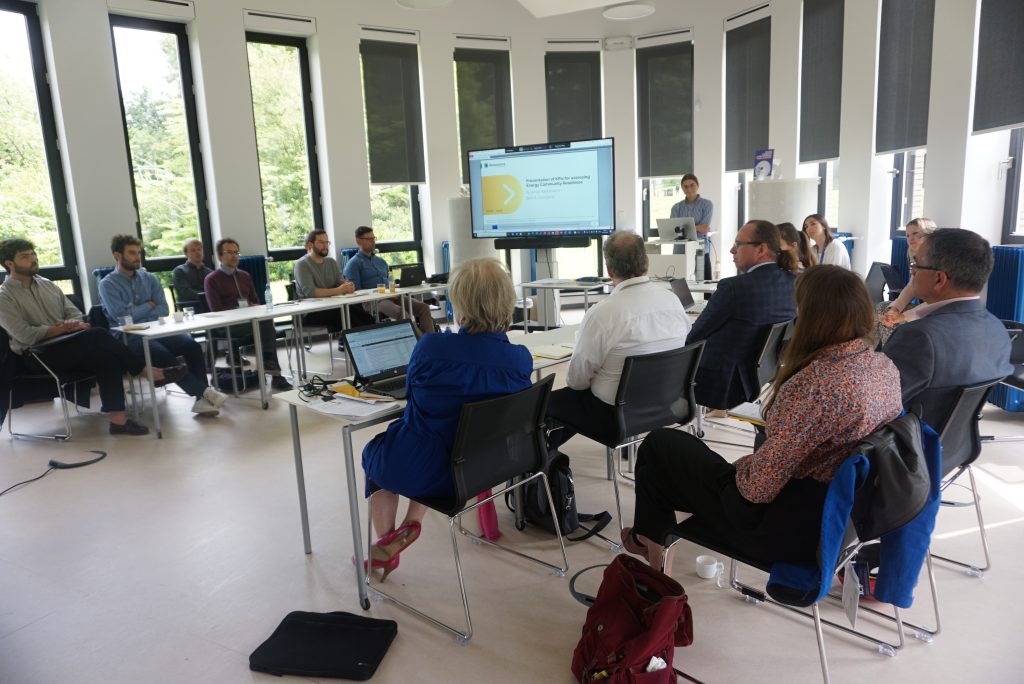
Step 1 – Follow the regulation
Before starting your community, make sure you know the legal setup
The technology behind community energy systems has leaped forward in the last decade. So quickly that most European countries have not yet decided how to regulate and support communities. Following this regulation is your first important task as an aspiring community. For EU-based communities, the recent Renewable Energy Directive (EU) 2018/200 (RED II) is the important regulation to follow. The directive means that all member states must adopt a common definition for both a Renewable Energy Community (REC) and a Citizen Energy Community (CEC). This is important for communities to form as legal entities. Despite being passed almost five years ago, this translation process is ongoing and uneven across Europe. In Poland for example, legislation that began development in April 2022 is not expected until 2023.
To give an example, the regulatory aspect limited our work with forward-thinking Beli Bartoka Housing Association and Szaserow Housing Cooperative in Poland to just an opening conversation. With this in mind, it’s important to keep track of your country’s adoption of the RED II directive. This allows you to choose the right time to set up your system.
For EU-based communities, you can use the Rescoop tool to see the progress of RED II becoming law in your member state. After that, you will need to research your national member state’s legislation. Following this closely will make sure you’re ready to take advantage of new incentives and preferential regulations as they are made.
Step 2 – Build a Strong Business Case
Build a convincing plan for why your community deserves funding
Raising money for an energy community isn’t as simple as walking into a bank. Lenders and investors are not yet convinced that energy communities will be able to pay back their initial investments. To find the funds you need, you need to develop a robust business plan.
This means:
- Defining the purpose of your energy community. Is your goal to reduce energy bills, produce an income from your production, or enjoy clean renewable energy? Does your community want to be commercially viable or not-for-profit? Agree on a clear statement with your peers before proceeding with operational phases.
- Checking which models are allowed in your area. Not all models of energy production are allowed in all areas. This is why understanding regulation is so important. Assess or find expert advice to ensure you start with a viable model.
- Analysing the financials of different models – PPA, collective self-consumption, island mode – there are many ways to operate an energy community. Choosing the setup that will attract investment requires careful financial analysis and planning.
- Choosing the right technology – Effective local energy production needs to suit your local conditions. Choosing the technology and sites for your new community power station is essential.
To help communities understand the basics, Renaissance partner VUB created the free business development tool Renergise. Renergise lets you run detailed simulations of your future community energy project. Put in your generation assets (solar panels, turbines etc) and your intended consumers, and Renergise will provide you with an esteem on your generation capacity and the cost to set up. The tool can help you:
- Understand how much energy you could actually generate
- Estimate the costs and compare scenarios
- Help you understand what input factors you need to consider
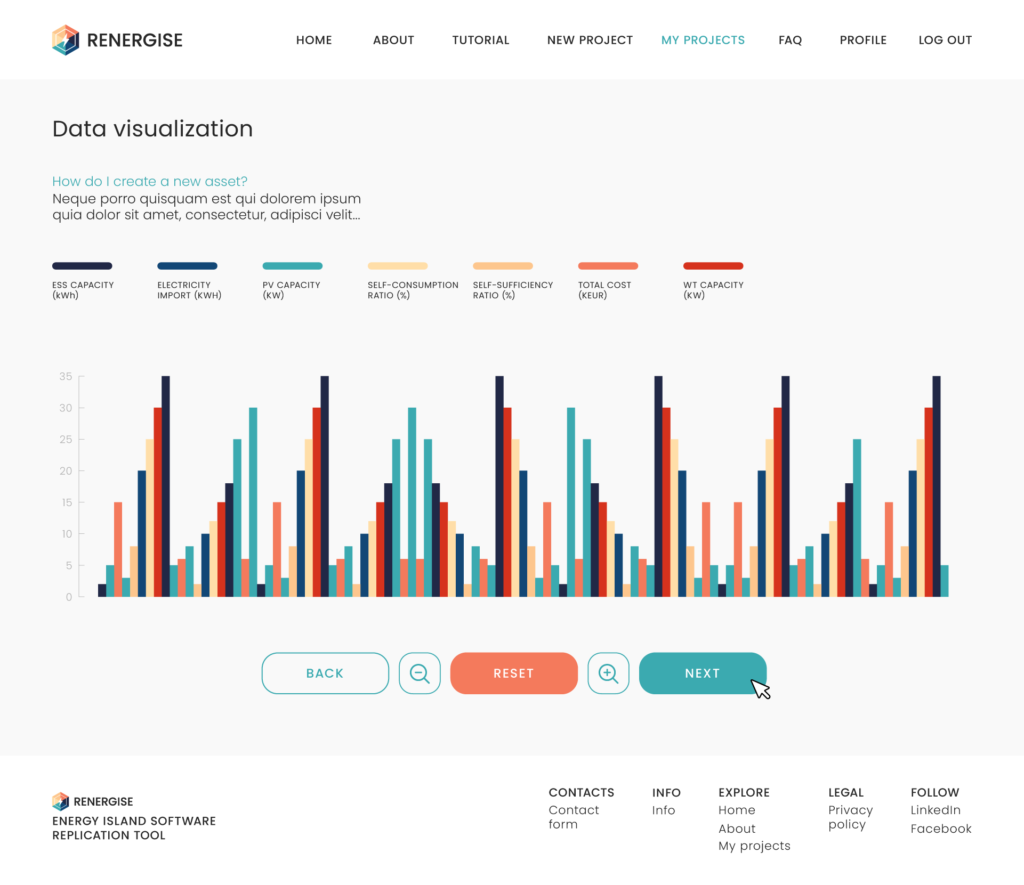
Step 3 – Make the right connections
Invest in the connections that can plug in your community
Starting a community is not as simple as buying some solar panels and plugging them into the grid. There are many important actors you need to get on side before your project can go ahead. These include:
Project Partners
By definition, a community cannot operate alone. The key to a successful energy community is a clear division of tasks between partners. This requires defining a governance structure between partners, answering:
- Who will lead the efforts?
- Who provides the relevant technical knowledge?
- If selling to the grid, how will income be shared?
- If self-consuming energy, how will energy be shared?
Building the right community with a clear division of responsibilities is important to success. In Medellín, Colombia, roles were formalised through an industry-academia partnership including the UK Royal Academy of Engineering, local utility companies, and digital energy retails. In Firenze, Italy, startup Enco organised the project partners through its energy-communities-as-a-service model.
Your arrangement doesn’t have to be new, either. In Relleu, Spain, an existing Home Owners’ Association is exploring an energy community which would be governed through their existing organisation. As a general rule, we found sourcing a wide range of partners and defining clear roles greatly increases the chances of community success.
Distribution System Operators (DSO)
This is perhaps the most important stakeholder to have on board if your community generates electricity. The DSO looks after the wires that your generated energy will flow through. They can provide the smart metering that is a requirement in many countries to operate a community. And in models where a community wants to sell energy back to the grid, these are your primary customers.
Across the RENAISSANCE project, we found that a good working relationship with a DSO improved the prospects of building a functional energy community.
- In our pilot in Eemnes in the Netherlands, the DSO Stedin Group was closely involved with the energy cooperative.
- In Medellín, Colombia, the operator EPM even funded the formation of the El Salvador energy community as part of their R&D work.
Local Authorities
Local authority support can make community formation much smoother. In our pilot project in Eemnes, the Ministry of Economic Affairs provided an exemption to Dutch electricity laws that enabled the launch of a peer-to-peer energy trading system. Such a model would have been impossible without local authority support. Setting up a dialogue with local authorities can open the door to new community energy formats that may otherwise seem impractical.
In Kimmeria, Greece, the local municipality of Xanthi even took on energy production responsibilities for the Democritus University of Thrace. The municipality’s support meant a large array of solar panels could be built on the roof of university buildings. These now power the accommodation of low-income university students.
Getting your local authority on board will require networking, but be confident that there is a strong case for community energy. Energy price rises are hitting municipal populations across the world. It is increasingly important for local authorities to develop empowering solutions that also maintain grid health, which is exactly what smart community energy sharing facilitates.
Step 4 – Build a United Community
Getting all the necessary stakeholders to approve of your project is not always simple. The Renaissance project found that getting all stakeholders in the room together was an effective way to start a conversation.
In the workshops we ran in the 11 replication sites, getting all the stakeholders into the room proved to be an energising experience. Having DSOs, local authorities and the energy end-users share their perspectives led to new, unexpected solutions to previously thorny questions. To better structure this process, university VUB developed a software for consensus building based around Multi-Actor Multi-Criteria Analysis (MAMCA). Though the software is not available for public use, storyboarding your own consensus-building framework is possible.
When considering your community system from idea to generation, consider the following things:
- Who are the relevant stakeholders? Mapping everyone involved in a project from start to finish will help you identify the stakeholders to share your win-wins
- What do stakeholders want? Once mapped out, consider the incentives and ambitions of your stakeholders and how these may interact with your plans.
- What are the costs and benefits for each stakeholder involved? Think through the potential barriers other face in supporting you. This will help you to develop more inclusive solutions likely to gain support from all parties.
To help communities simulate the decisions needed for energy communities, RENAISSANCE partner Deep Blue has developed a gamified introduction to community energy management. Can you REnew it? helps players learn how to juggle the resources and relationships needed to succeed in your real-life building of community energy.
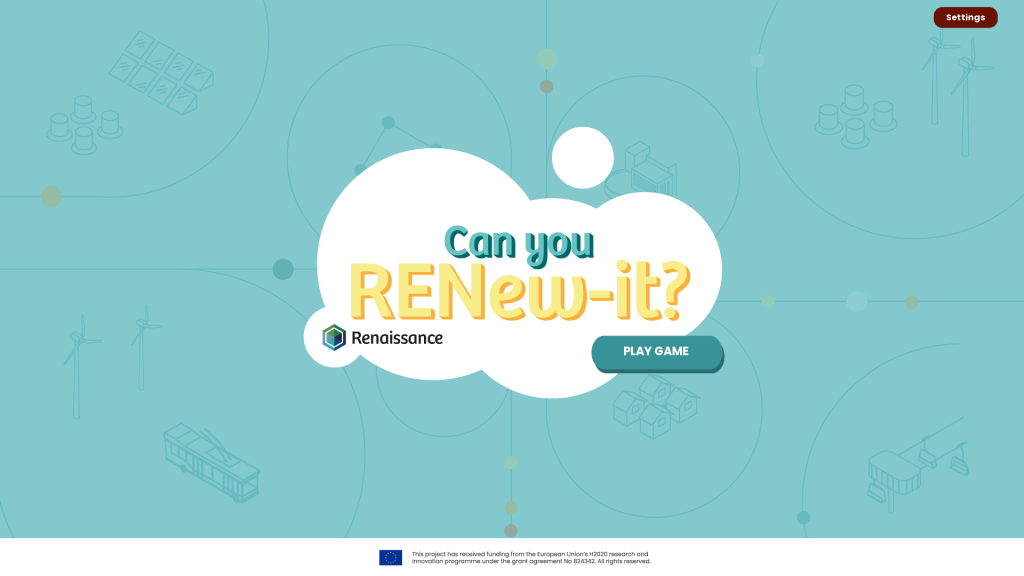
Conclusion – Best Practices
Claiming your energy autonomy through a community energy system is a worthy goal. As we outline above, the road is not always straightforward. But from our experiences across 14 sites, smart planning can avoid community-ending mistakes and smoothen the path to generation.
We recommend the following to all aspiring energy communities:
- Keep close track of how the regulation for your country evolves
- Build a robust business plan backed by data
- Invest in connections with local stakeholders
- Get stakeholders in the same room to build a united community
Follow us:
